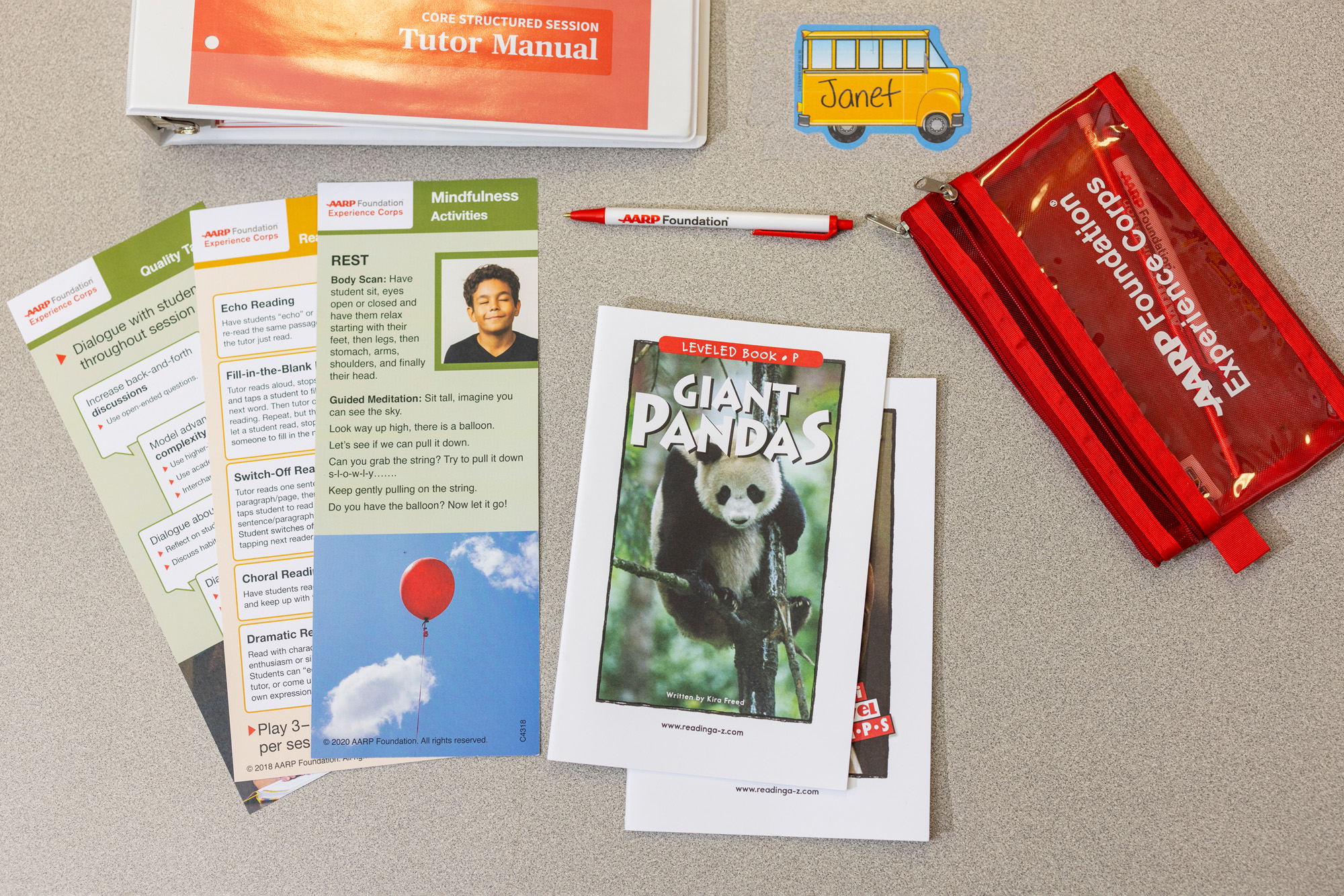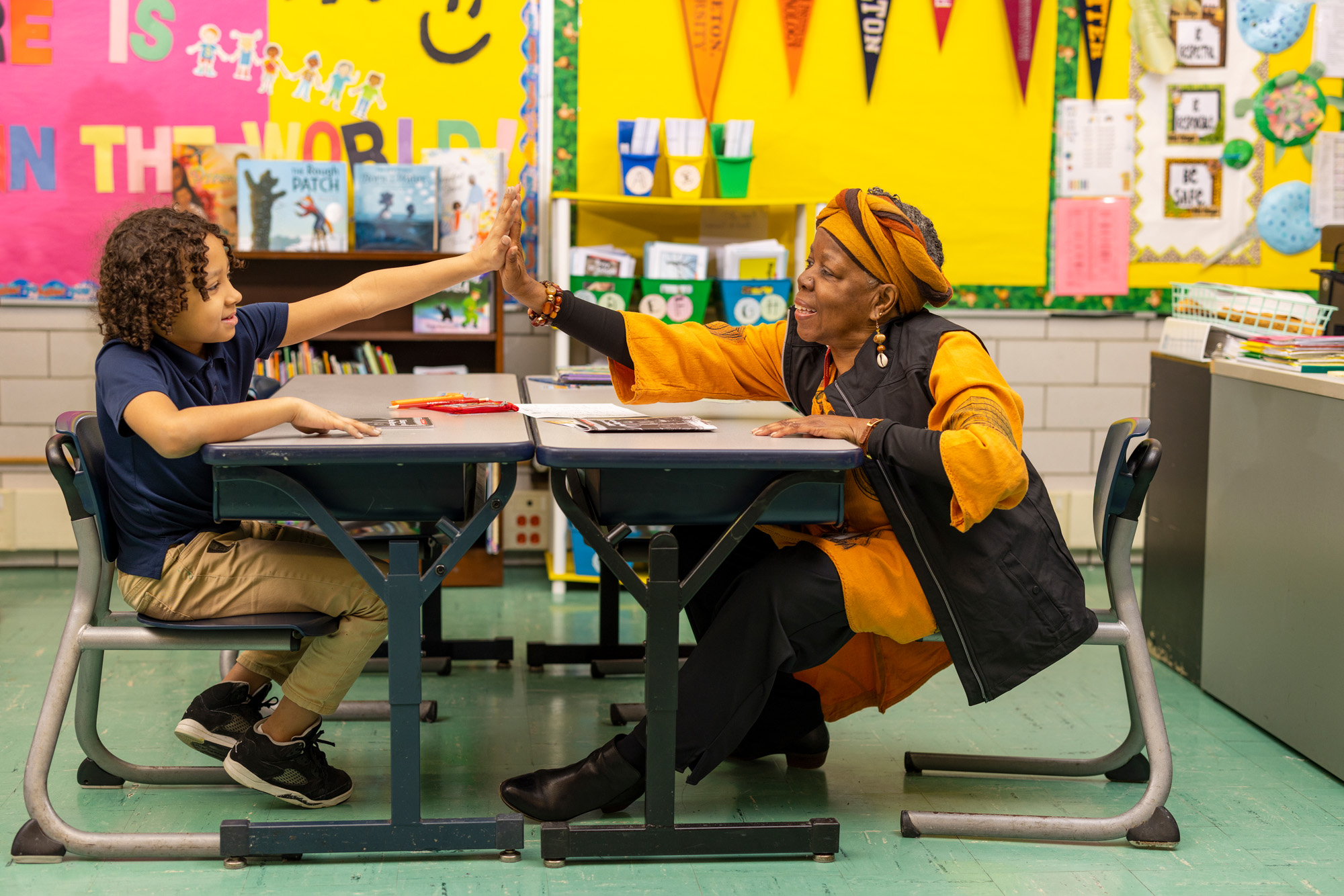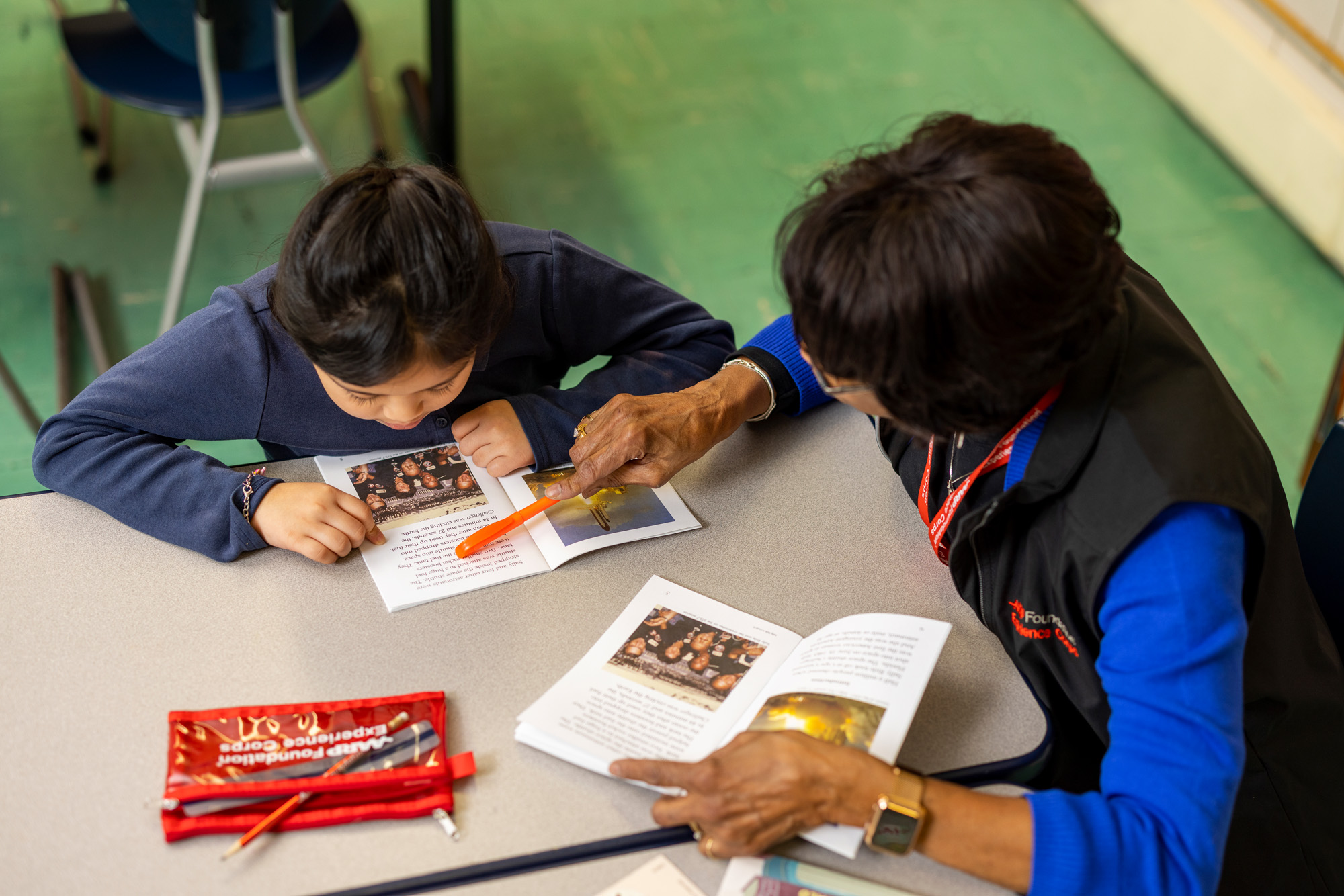RTSB Community Alignment for Reading Excellence (CARE) Preschool
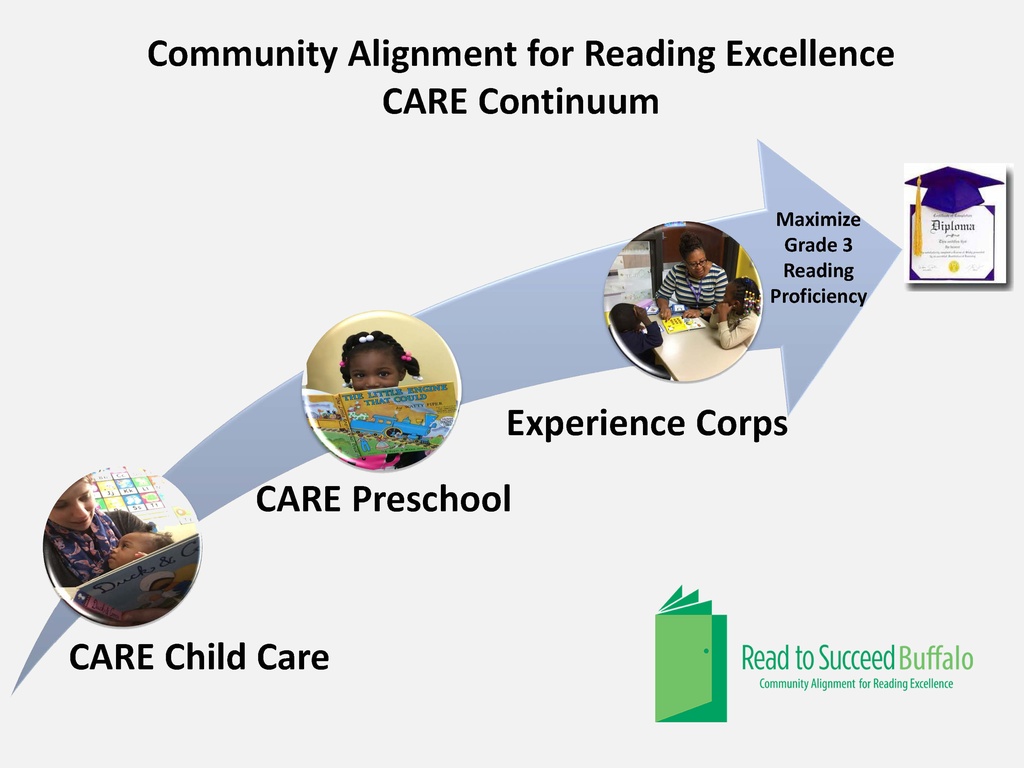
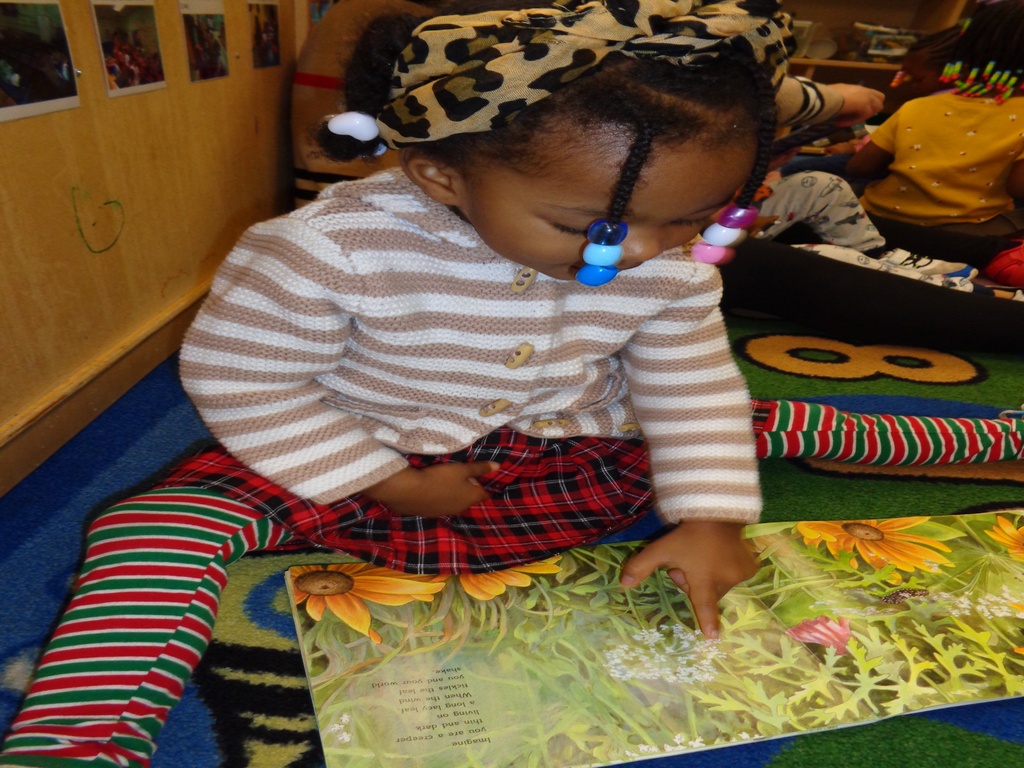
When standards, assessments and observations are strongly aligned they bring clarity to the education system by providing a coherent set of expectations for students and educators. RTSB's continuum of assessments and observations concretely represent an alignment of the standards from child care/preschool through first grade, providing a target upon which teachers can focus their instruction from the beginning to the end of their time with their students - building on what has come before and preparing them for success at the next level of their education and growth. Using classroom instruction that follows the standards and is informed by progress monitoring, formative assessments and observations, teachers can effectively prepare students for their next level of education.
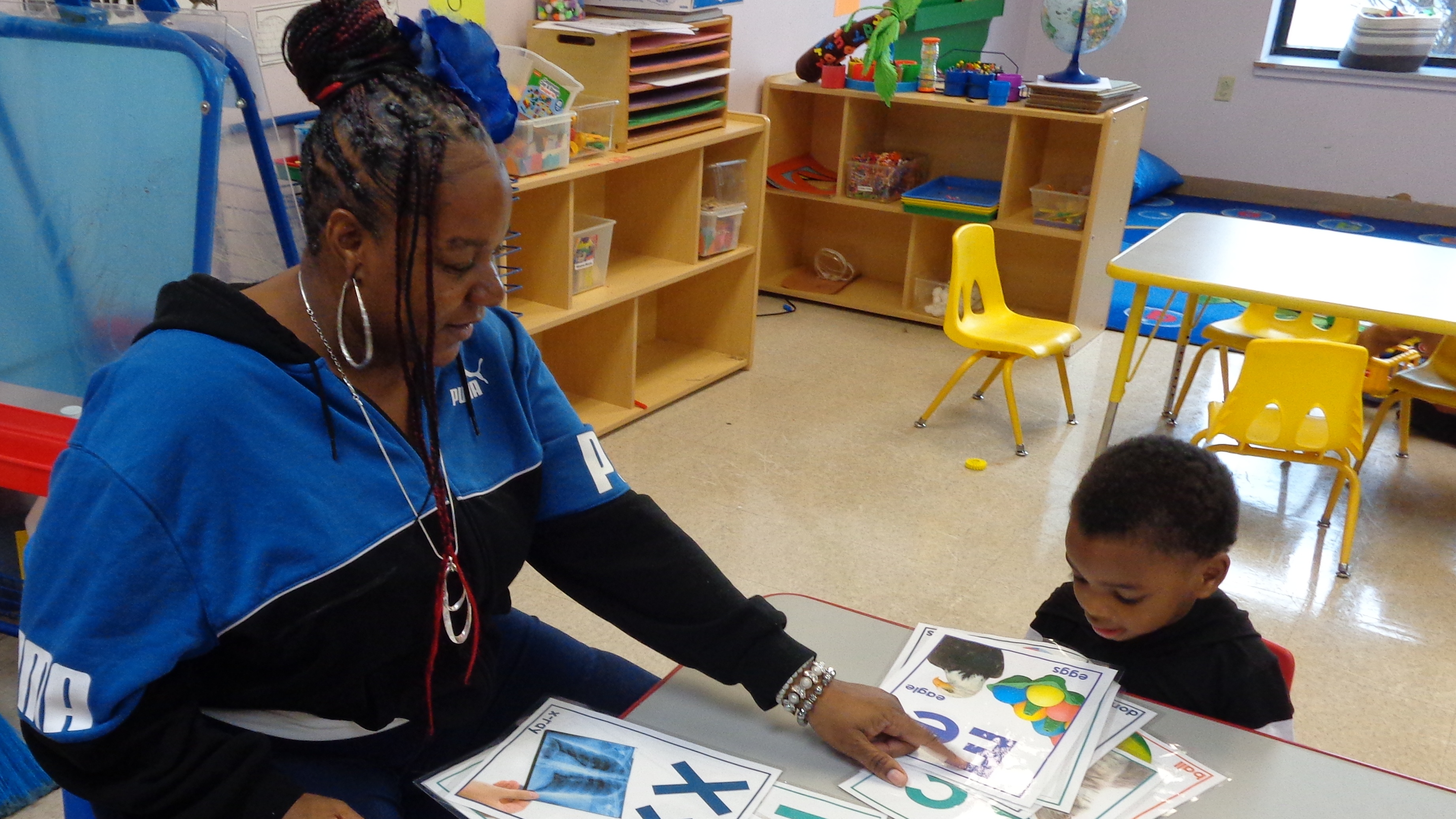
The RTSB alignment examines the degree to which the RTSB assessments and observations address the same content; at various developmental levels through our CARE continuum. For example, the developmental progression of phonological awareness begins with the broad concepts of listening in preschoolers, moves towards phonemic awareness in prekindergarten and kindergarten and, eventually, phonics and the alphabetic principle in late kindergarten and 1st grade. Sequential development, in which the standards and assessments are developed in a serial manner, is a straightforward and accountable method of alignment. The RTSB assessments and observations concretely embody the learning objectives of the standards, providing an impetus for teachers to support preschool children in developing the necessary skills and knowledge for kindergarten readiness and beyond.
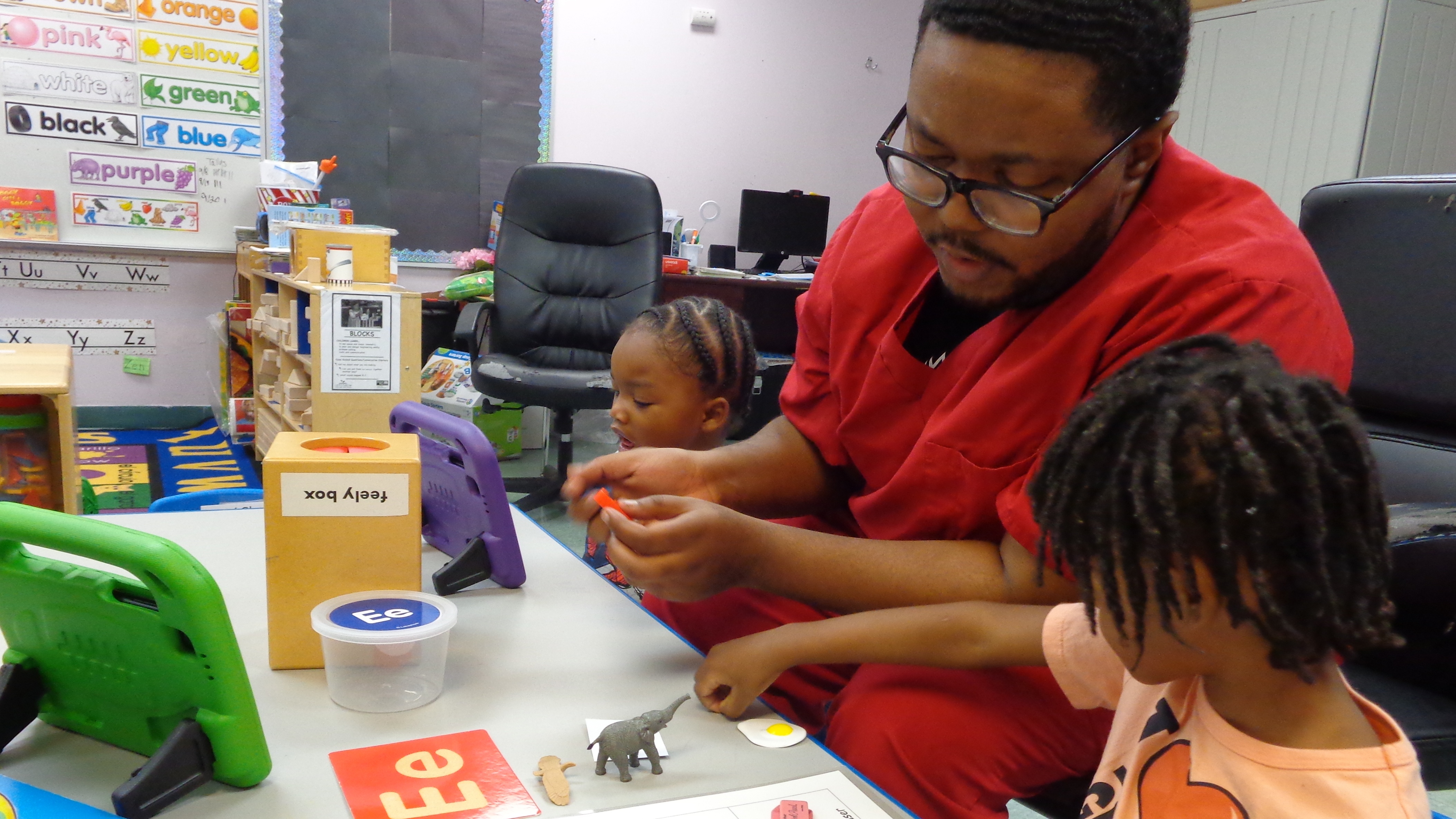
As RTSB CARE supports expand into 2nd and 3rd grade classrooms and additional resources become available, RTSB will expand the number of classrooms and students it can support. In an optimal standards-based assessment system, every method of gathering information about students, including classroom observations, formative assessments and progress monitoring, will be aligned to the academic standards and expectations for all students.
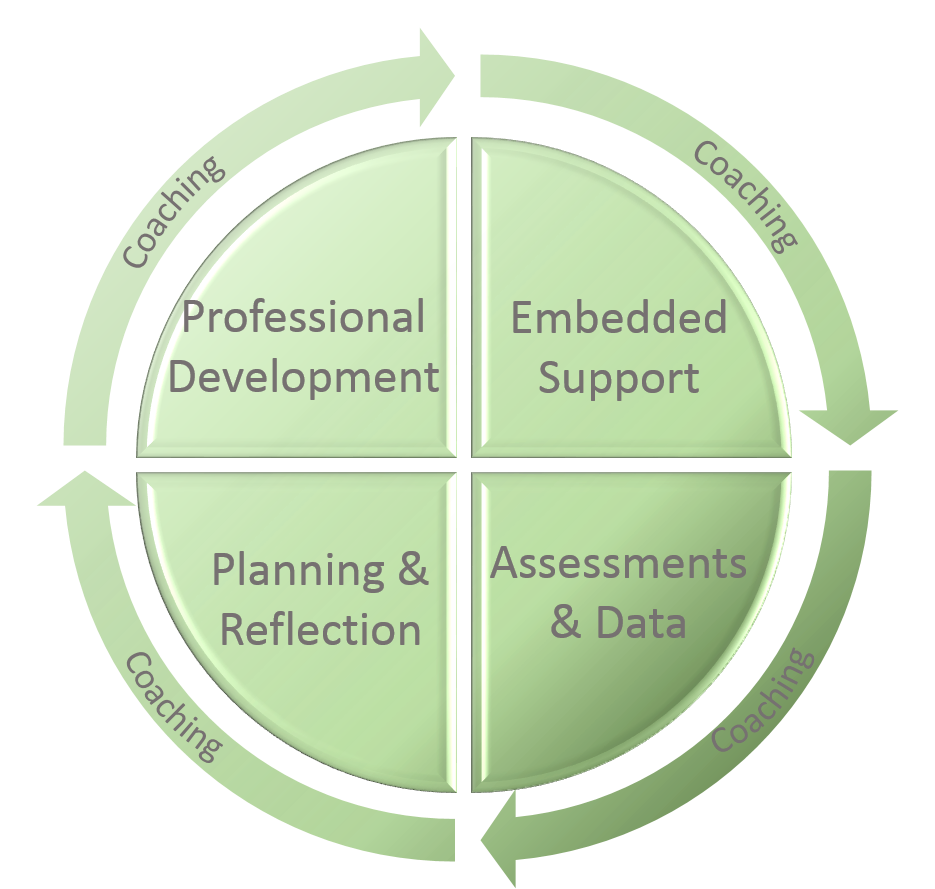
CARE Preschool
Assessments and Data - support the administration and analysis of student assessment data. Conduct progress monitoring to quantify students' response to instruction and evaluate the effectiveness of instruction.
Planning and Reflection - time allocated to discuss observation data, analyze, and interpret student assessment data and plan for intentional instruction to meet program, classroom, and individual targets.
Professional Development - support the continuous process of acquiring new knowledge and skills. Design and facilitate professional development modules to support teachers.
CARE Preschool Longitudinal Student Performance
Below is a longitudinal comparison of three and four-year-old children in CARE Preschool. This graphic illustrates just how significantly delayed economically disadvantaged children can be as early as 36 months of age by illustrating two years of PPVT data on one cohort of RTSB program children. The PPVT (Peabody Picture Vocabulary Test) is a norm-referenced, wide range instrument measuring receptive vocabulary. It evaluates comprehension of the spoken word in standard English and is a measure of the examinee’s achievement in acquiring vocabulary. Early test items include high frequency, commonly used words, which can aid in screening and planning instruction and interventions.
The blue line on the graph plots, over two years, the aggregate chronological age of the program children at time of testing. The first point shows an average chronological age of 3 years 4 months in the beginning of the year. The red line plots the aggregate test age equivalent of these students; the “age” at which the child’s receptive oral language skills are actually testing. As the graph illustrates the three-year-old children present to program already about one year delayed in their receptive oral language (difference between chronological and test age equivalent).
The graph shows that it takes these children two program years to close that gap; but it does close by the end of the 4-year-old program year. However, not all children have the benefit of two years of program. The gray line represents new four-year-old children entering program. While their average chronological age is 4 years 3 months, their age equivalent is an average 3 years 0 months– a full 1 year 3-months delayed in their receptive oral language development. While these children experience nearly a year of growth in 9 months of program; they do not close the gap. At the end of their PreK year they are still 11 months behind their peers – but all these students are still expected to go on to the same Kindergarten and perform at the same level.
Results
- The Peabody Picture Vocabulary Test (PPVT™-5) is a norm-referenced, wide range instrument that measures receptive vocabulary. The PPVT-5 instrument evaluates comprehension of the spoken word in Standard English and is a measure of the examinee's achievement in acquiring vocabulary.
- There is a strong relationship between vocabulary and reading comprehension. Along with other skills, understanding of word meanings is essential for extracting meaning from text. The ability to read and write printed language is highly correlated with students' oral language proficiency, and the ability to understand a text read aloud is a prerequisite for making sense of the same text in printed form. It is essential that children build listening and speaking competency while also developing reading and writing skills.

